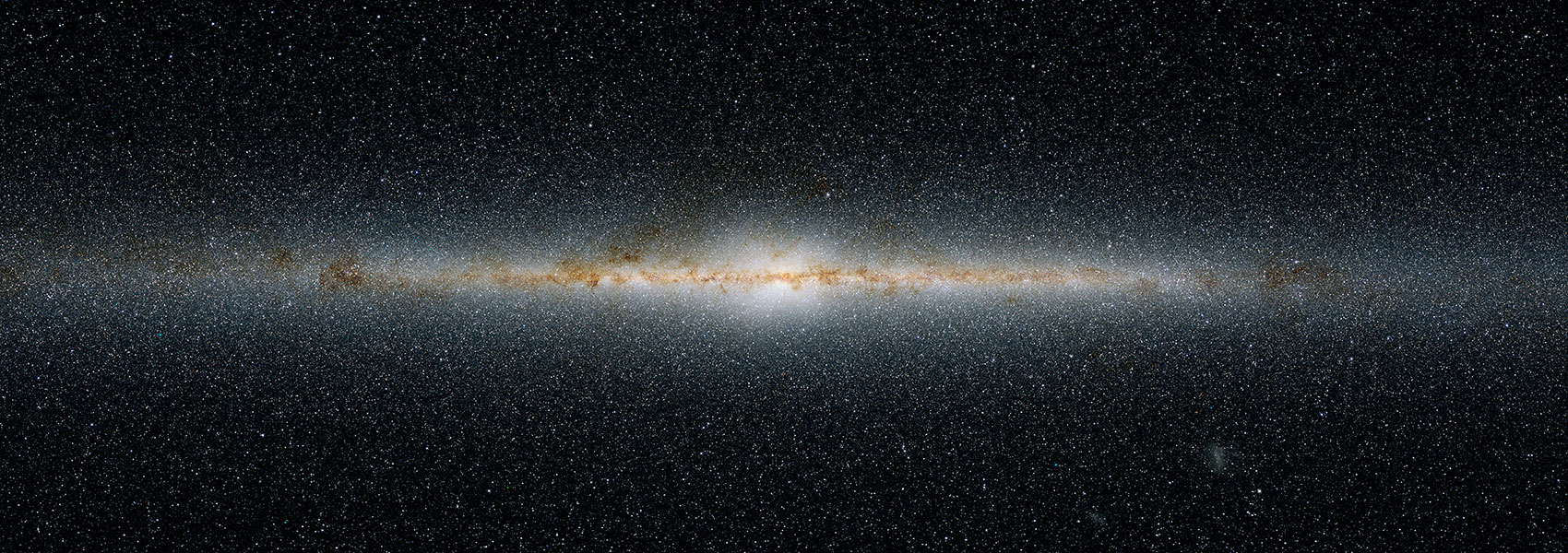September
2004
•
2004ApJ...613..189D
Authors
•
Dahlen, Tomas
•
Strolger, Louis-Gregory
•
Riess, Adam G.
•
Mobasher, Bahram
•
Chary, Ranga-Ram
•
Conselice, Christopher J.
•
Ferguson, Henry C.
•
Fruchter, Andrew S.
•
Giavalisco, Mauro
•
Livio, Mario
•
Madau, Piero
•
Panagia, Nino
•
Tonry, John L.
Abstract
•
We use a sample of 42 supernovae detected with the Advanced Camera for Surveys on board the Hubble Space Telescope as part of the Great Observatories Origins Deep Survey to measure the rate of core-collapse supernovae to z~0.7 and Type Ia supernovae to z~1.6. This significantly increases the redshift range at which supernova rates have been estimated from observations. The rate of core-collapse supernovae can be used as an independent probe of the cosmic star formation rate. Based on the observations of 17 core-collapse supernovae, we measure an increase in the core-collapse supernova rate by a factor of ~1.6 in the range 0.3<z<0.7 and an overall increase by a factor of ~7 to z~0.7 in comparison with the local core-collapse supernova rate. The increase in the rate in this redshift range is consistent with recent measurements of the star formation rate derived from UV-luminosity densities and IR data sets. Based on 25 Type Ia supernovae, we find a Type Ia supernova rate that is a factor of 3-5 higher at z~1 compared to earlier estimates at lower redshifts (z<0.5), implying that the Type Ia supernova rate traces a higher star formation rate at redshifts z>1 compared to low redshift. At higher redshift (z>~1), we find a suggested decrease in the Type Ia rate with redshift. This evolution of the Ia rate with redshift is consistent with a Type Ia progenitor model, in which there is a substantial delay between the formation of the progenitor star and the explosion of the supernova. Assuming that the Type Ia progenitor stars have initial main-sequence masses 3Msolar<M<8Msolar, we find that 5%-7% of the available progenitors explode as Type Ia supernovae.
Links



